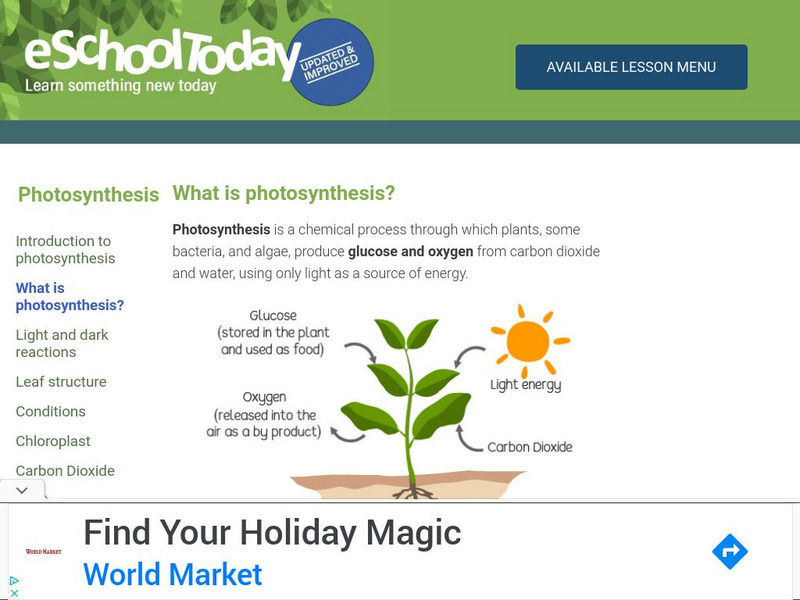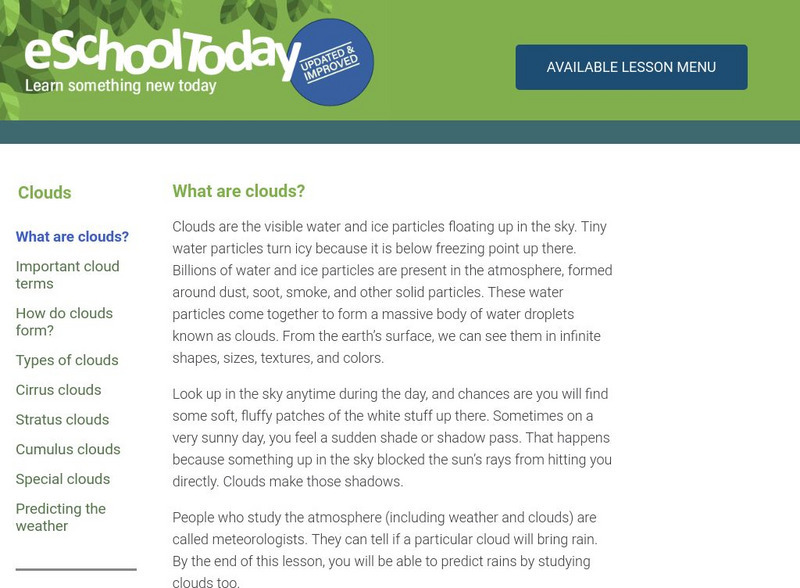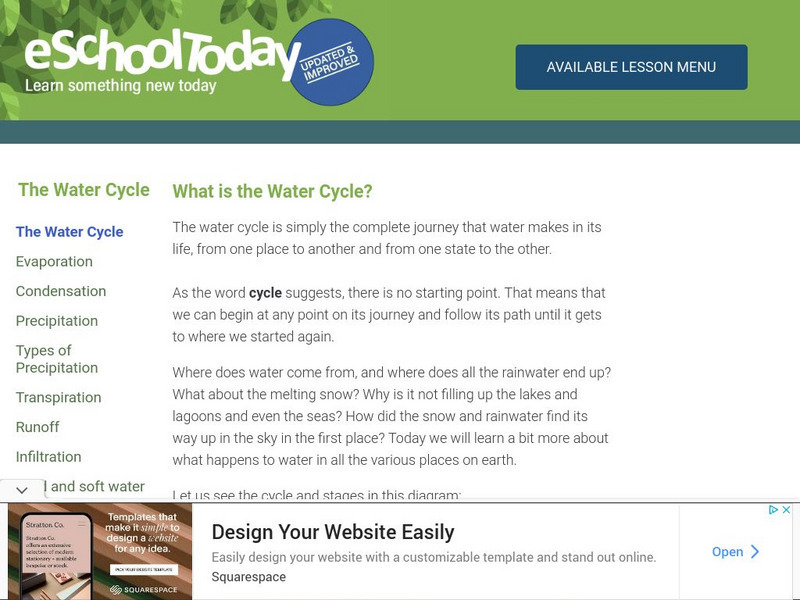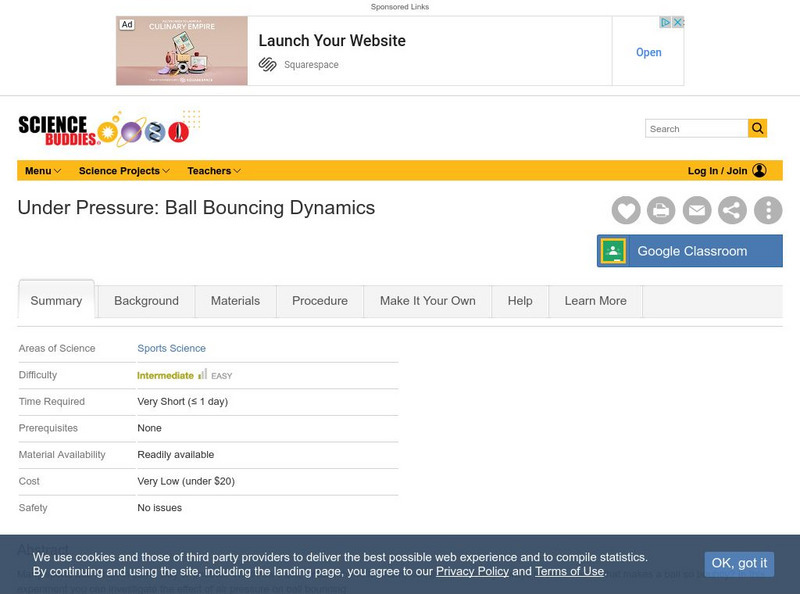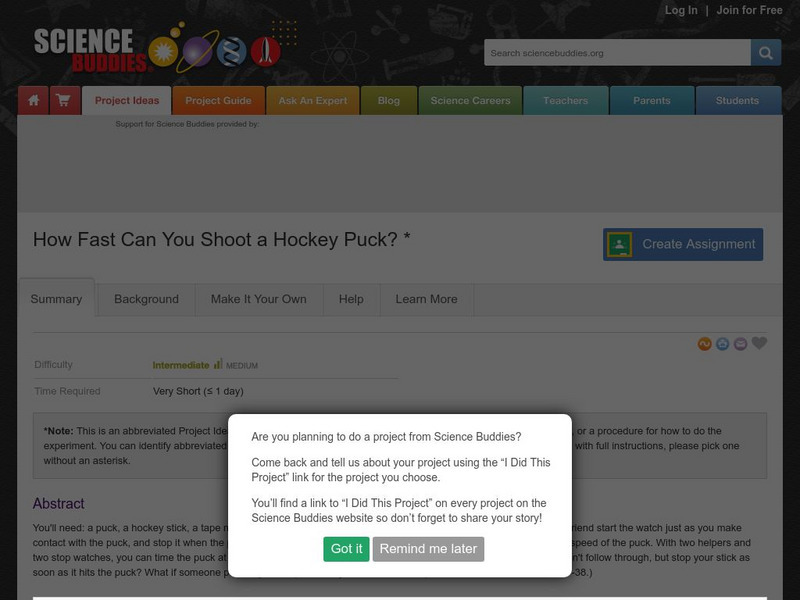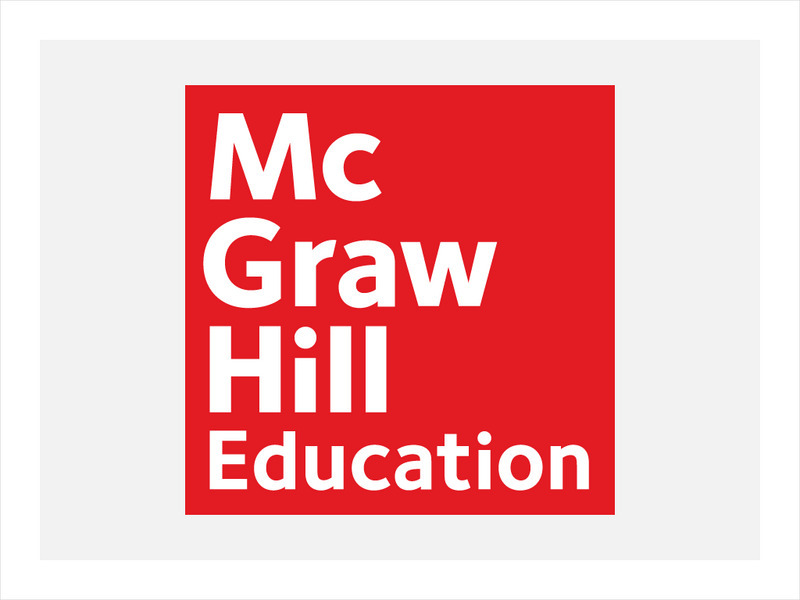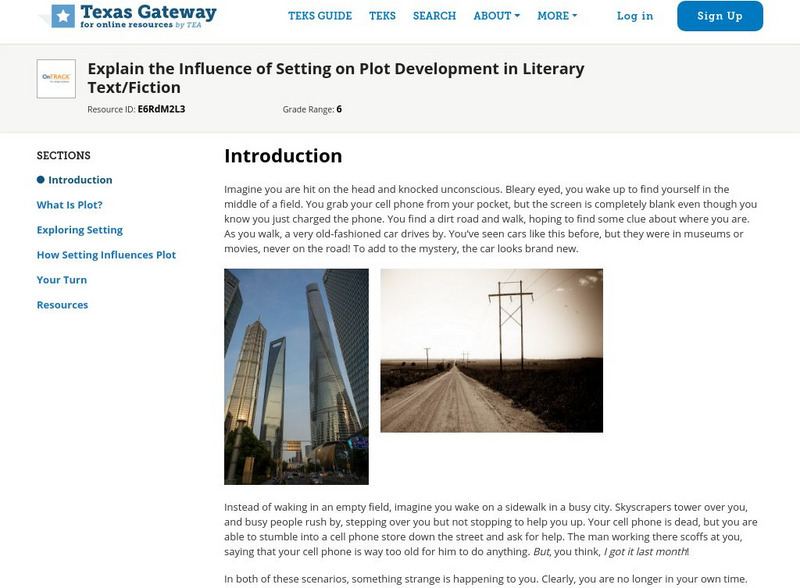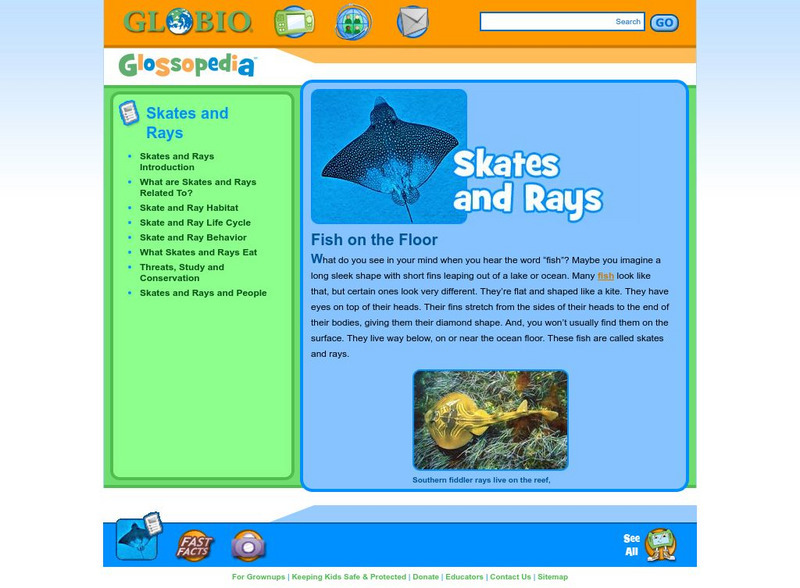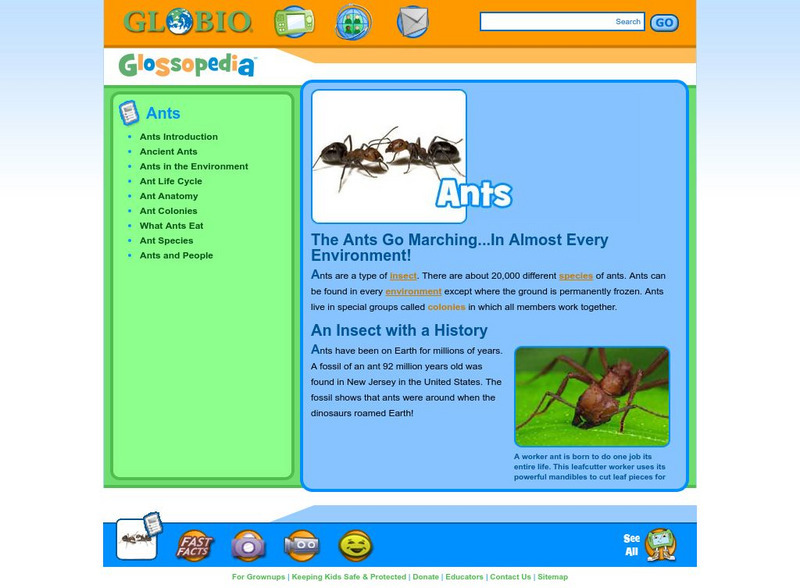eSchool Today
E School Today: Photosynthesis
Read about photosynthesis, what light and dark reactions are, the structure of a leaf, the conditions needed for photosynthesis to occur, where and how photosynthesis takes place, and how root structure impacts on photosynthesis.
eSchool Today
E School Today: Your Revision Notes on Rocks
Covers the three main types of rocks, different weathering processes, erosion, and the rock cycle.
eSchool Today
E School Today: Your Revision Notes on Clouds
Learn all about clouds, how they form, the different types, and how they can be used to predict the weather.
eSchool Today
E School Today: Your Revision Notes on the Water Cycle
Learn about the different stages of the Earth's water cycle, and about processes involving water, including runoff, infiltration, and the differences between hard and soft water.
eSchool Today
E School Today: Your Revision Notes on the Nutrients in Food
Discusses food, why we need it, and the types of nutrients that food for humans must have.
eSchool Today
E School Today: Your Cool Basics on Natural Resources
Looks at the two categories of natural resources, what they are used for, their distribution around the world, threats to natural resources, recycling and composting, and conservation.
eSchool Today
E School Today: All You Need to Know Obesity and Children
The issue of obesity is addressed - what it is, the causes, the health and social problems it causes for the individual, types of fats in food, reduced fat and diet foods, how to prevent it, how to help someone with a weight problem, and...
eSchool Today
E School Today: Oral Care Tips for Great Teeth & Great Smiles
Learn about milk and adult teeth, the types of teeth we have and their functions, the anatomy of a tooth, dental decay and tooth plaque, how to take care of your teeth, what dental braces do, what causes bad breath or halitosis, and why...
National Council of Teachers of Mathematics
The Math Forum: Geometer's Sketch Pad Lessons
This site contains lessons using Geometer's Sketch Pad for elementary and middle school aged students.
Science Buddies
Science Buddies: Under Pressure: Ball Bouncing Dynamics
Many sports use a ball in some way or another. We throw them, dribble them, hit them, kick them, and they always bounce back. What makes a ball so bouncy? In this experiment you can investigate the effect of air pressure on ball bouncing.
Science Buddies
Science Buddies: How Fast Can You Shoot a Hockey Puck?
In this project, you'll need: a puck, a hockey stick, a tape measure, at least one helper with a stopwatch and an empty rink. Have your friend start the watch just as you make contact with the puck, and stop it when the puck hits the...
McGraw Hill
Glencoe: Self Check Chapter Test Using Proportional Reasoning
The mathematics resource consists of an assessment with hints and solutions. Students answer questions that review proportional reasoning.
Texas Education Agency
Texas Gateway: Themes in Literary Texts (English 6 Reading)
Learn how to infer the implicit theme in a work of fiction, distinguish theme from topic, and make complex inferences using textual evidence.
Texas Education Agency
Texas Gateway: Understanding Drama
Learn how to explain a playwright's use of dialogue and stage directions.
Texas Education Agency
Texas Gateway: Explain Influence of Setting on Plot Development in Literary Text
In this lesson, students will review two elements of fiction, setting and plot, and learn how the setting influences the plot in stories.
Globio
Glossopedia: Skates and Rays
There are more than five hundred different species of skates and rays in our oceans. Scientists say that these fish are closely related to sharks, sharing a common ancestor from around 400 million years ago. This article provides an...
Globio
Glossopedia: Seals
Seals are mammals that live parts of their lives on land and other parts entirely in the water. They breed and care for their babies on land, but spend most of their lives in the ocean. This article provides an in-depth look at these...
Globio
Glossopedia: Chocolate
Chocolate begins as a seed of the tropical cacao tree. It has been a prized taste sensation for more than 2,500 years. One reason chocolate is so nice to eat is that it melts just below body temperature. So it really does melt in your...
Globio
Glossopedia: Ants
Ants are small, but important insects. Ant anatomy, reproduction, life cycle and community are discussed. Impact on the environment and humans is also described.
Curated OER
National Park Service: The Invention Factory:thomas Edison's Laboratories
This Teaching With Historic Places lesson plan about Thomas Edison's laboratories is filled with maps, readings, critical thinking questions, and photographs related to Edison's labs and inventions. This site explains and details the...
PBS
Pbs Learning Media: Writings of the Ancient Maya
Students are introduced to the ancient Mayan civilization through their writings. They explore a social studies focus on the destruction of many Mayan writings by the Spanish and what archaeologists have learned from the writings that...
PBS
Pbs Learning Media: The Columbian Exchange
In this interactive lesson supporting literacy skills, students watch video dramatizations that tell the story of the Spanish explorers who arrived in the Americas with Columbus and introduced European, African, and Asian plants and...
Other
Port Discovery Children's Museum: Stem at Home: How to Diy Cloud in a Bottle
Do you ever wonder what happens when a cloud gets too full? Find out in this easy and fun experiment.
Other
The Happy Scientist: Bread Bubbles
This experiment is about bread. If you have used my website for long, you know that I like experiments with food, especially when it is tasty food. We regularly bake bread, and there are few smells that are better than the smell of...


